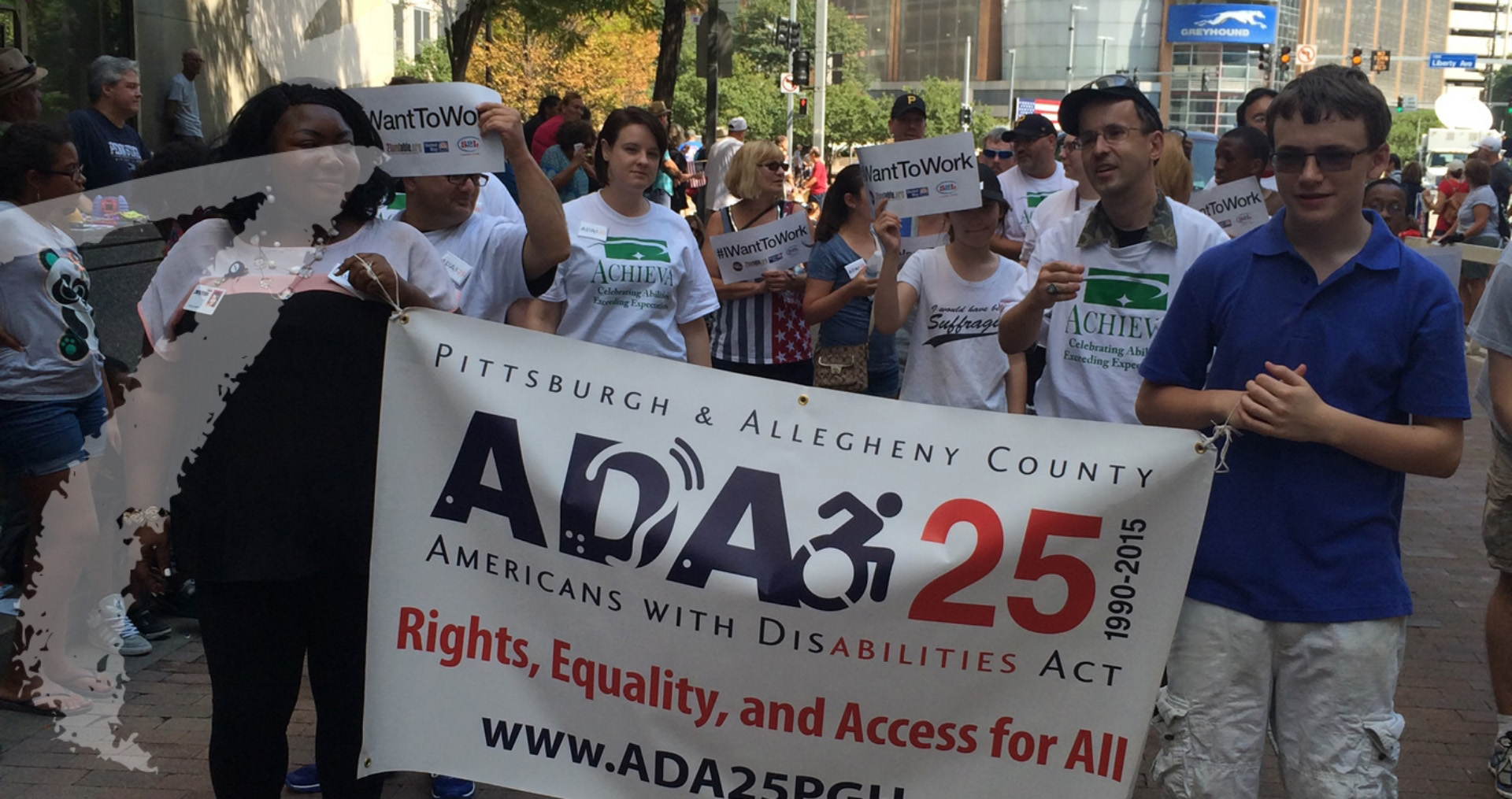Guest blog by Ann Torregrossa, executive director of the PA Health Funders Collaborative
Nearly 70% of COVID-19 deaths in Pennsylvania have been in long term care facilities (PA Dept of Health on May 8, 2020); in the last five days alone 883 residents in PA long-term care facilities have died. Allegheny County has experienced 90 of these long-term care deaths, an 84% increase in the last two weeks. The older adults and people with disabilities who live in nursing homes are vulnerable and deserve protection.
The infection into these facilities is from the outside, primarily staff and new admissions, who are asymptomatic, yet passing the virus on to others. Studies have shown that 50% of staff and residents can be infected, experiencing no symptoms, yet unwittingly infect others. But Pennsylvania is only testing people with symptoms and has not taken these necessary steps to begin to address this serious issue; this is an extremely limited and short sighted policy. Other states, including Massachusetts, Florida, Delaware, Tennessee, Oklahoma, New York and West Virginia moved quickly to do rapid tests for infection for all staff and residents in nursing homes, so appropriate containment steps can be taken.
There are three important steps that Pennsylvania could take, that would make a big difference in containing spread and protecting the vulnerable residents of these facilities:
- Require patients be tested for COVID-19 before being admitted to long-term care facilities;
- In long term care facilities that have COVID-19 positive residents or staff, conduct periodic rapid testing of everyone in the facility.
- Create Rapid Response Teams at local hospitals to provide PPE, infectious disease expertise, testing, and personnel to COVID-19 positive nursing homes in their communities.
We have a moral responsibility to the most vulnerable, and we’re missing common-sense steps to keep them safe and well. And, as long as we fall short in containing COVID-19 in nursing homes, the staff and visitors who spend time there will bring the virus home and into the community, affecting all of us.

